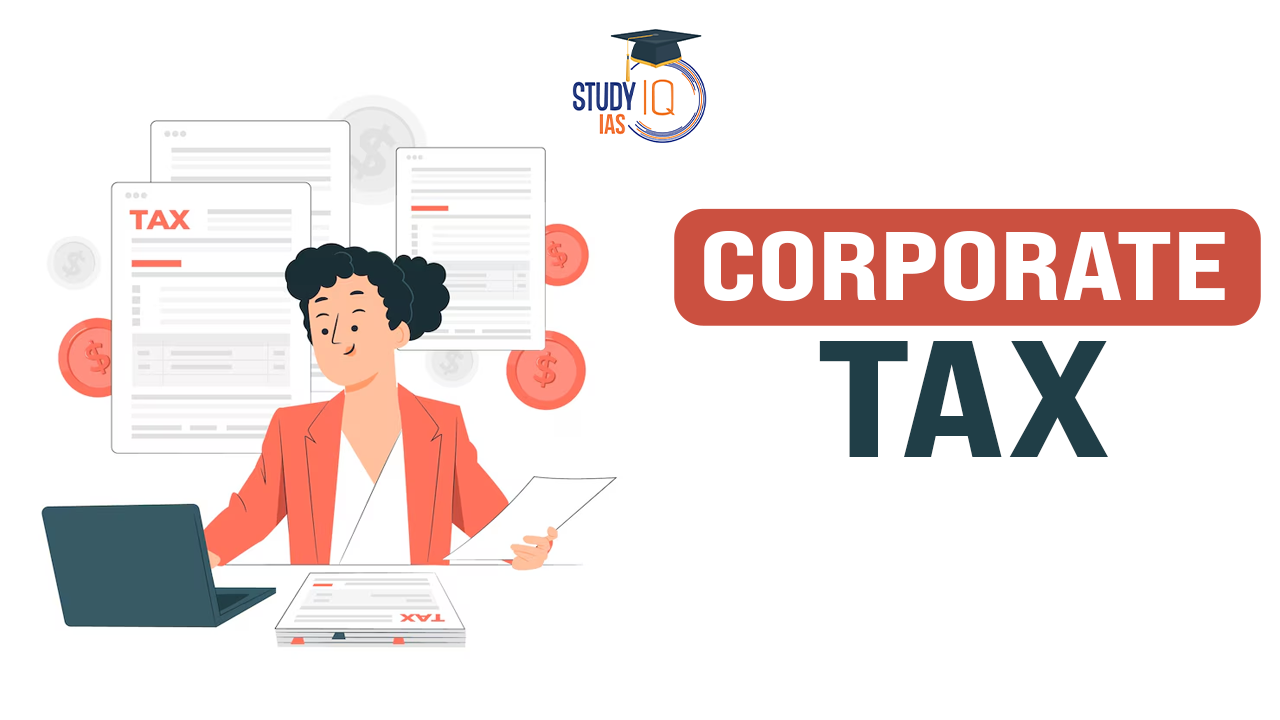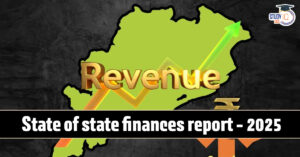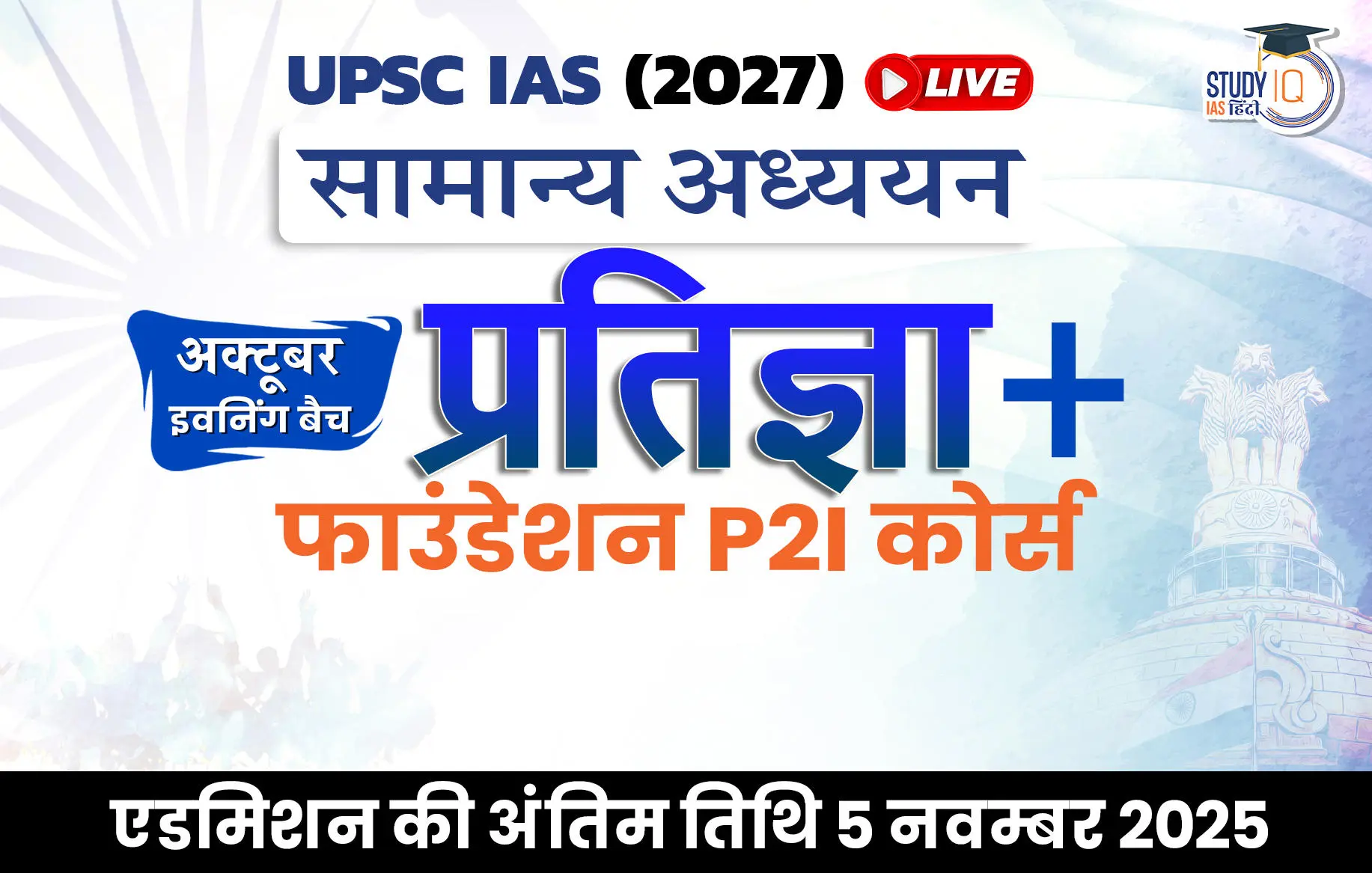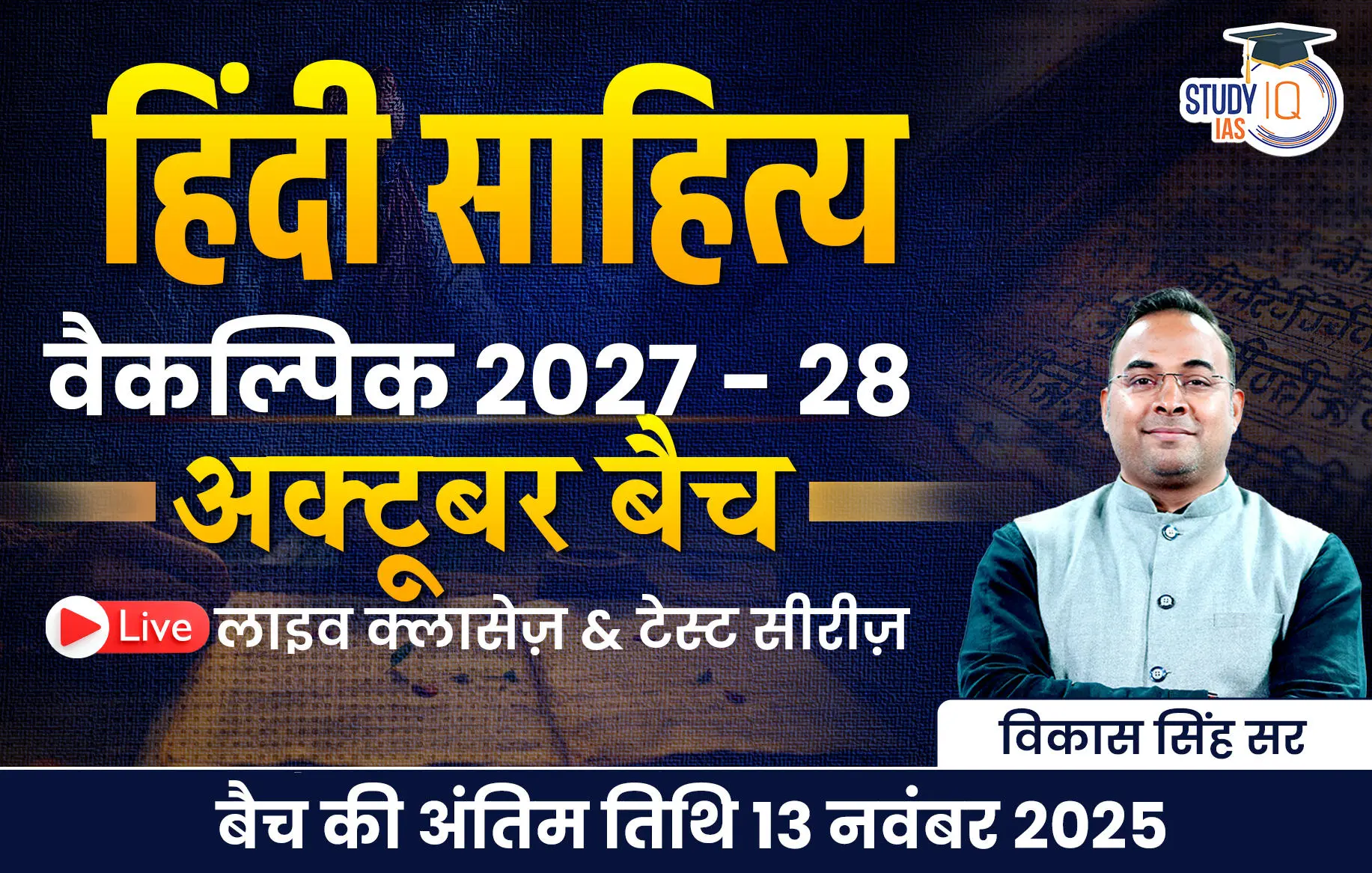Table of Contents
Context: In the years before the pandemic, two of the largest economies in the world — the U.S. and India — cut corporate tax rates in an attempt to stimulate growth.
Tax Cuts in the USA
- Legislation: The Tax Cuts and Jobs Act was signed by former President Donald Trump on December 22, 2017, and took effect on January 1, 2018.
- Corporate Tax Reduction: One of the major provisions was the reduction of the top corporate income tax rate from 35% to 21%. The goal was to stimulate investment, growth, and employment.
- Impact on Investment:
- A study by Gabriel Chodorow-Reich, Owen Zidar, and Eric Zwick in 2024, titled ‘Lessons from the Biggest Business Tax Cut in U.S. History’, showed an 8 to 14% increase in investment.
- Studies suggested investment would likely have declined without the tax cuts.
- However, the long-term GDP increase was only 0.9%, and wages increased by less than $1,000 per worker, which was far below the forecasted $4,000 to $9,000 by the Council of Economic Advisors.
- Fiscal Consequences:
- The long-run reduction in tax revenue was of almost 41%.
- The U.S. economy’s fiscal health was impaired due to higher corporate profits, while the benefits for workers and wages were marginal.
What is Corporate Tax?
Corporate tax is a direct tax levied on the income or profits of corporations and other similar legal entities. It’s essentially a tax paid by companies on the money they earn.
Corporate Tax Cuts in India
- Corporate Tax Reduction: In September 2019, India reduced corporate tax rates for existing companies from 30% to 22%, and for new companies from 25% to 15%. This resulted in a tax revenue loss of ₹1 lakh crore in 2020-21.
- Impact on Employment:
- The pandemic caused severe dislocations in the labour market, leading to high unemployment.
- While unemployment has decreased, the corporate sector contributed little to this recovery, as much of the new employment is in insecure forms like unpaid family work in rural areas.
- Regular wage employment decreased from 22.8% in 2017-18 to 20.9% in 2022-23 (PLFS data).
- Wage Growth:
- The CAGR of average nominal monthly earnings for rural workers was 4.53% and for urban workers was 5.75% (from July-September 2017 to July-September 2022), barely above the rate of inflation.
- In real terms, rural wages declined and urban wages stagnated.
- Corporate Sector Growth:
- Corporate tax collections have grown since the pandemic, but this growth has not led to significant increases in employment or wages.
- Indian tech companies have made news for layoffs, further showing limited employment growth.
Shifting Tax Burden in India
The tax cuts have shifted the burden from corporations to individuals.
- In 2017-18, corporate taxes accounted for 32% of gross tax revenues.
- By 2024-25 (budget estimates), this share fell to 26.5%, while income taxes rose to 30.91% and GST accounted for 27.65%.
- This trend has led the government to remove indexation benefits and tax long-term capital gains, as it seeks new revenue sources to compensate for falling corporate tax contributions.
Analysis of Tax Cuts and Future Prospects
- Uncertain Investment Response: Tax cuts will not boost investment if capital sees future profits as uncertain, especially in an economy recovering from the pandemic and supply disruptions.
- Effects on Income Distribution:
- Tax cuts on profits primarily benefit private capital, as they increase profits on already invested capital, rather than promoting new investment.
- Wage earners benefit little unless investment significantly boosts employment, productivity, and wages.
- Policy Recommendation:
- A more suitable strategy would involve higher taxes on existing profits and increased incentives for future investments.


 State of State Finances Report 2025: Key...
State of State Finances Report 2025: Key...
 India AI Governance Guidelines 2025: Ena...
India AI Governance Guidelines 2025: Ena...
 GPS Spoofing: Meaning, Working, Types, I...
GPS Spoofing: Meaning, Working, Types, I...
























